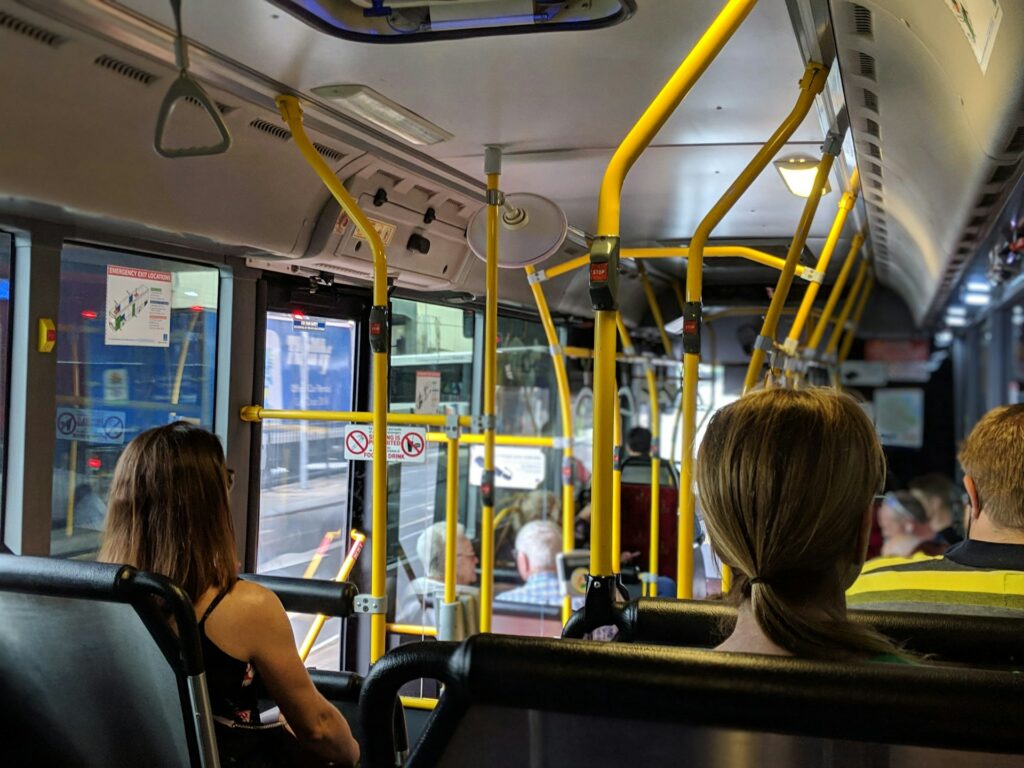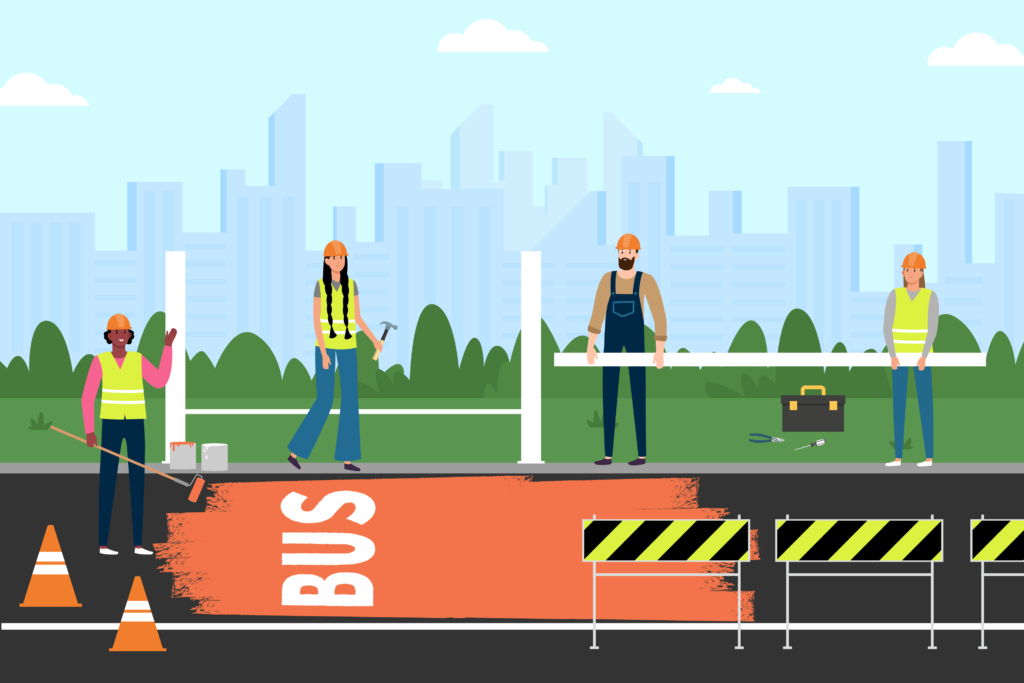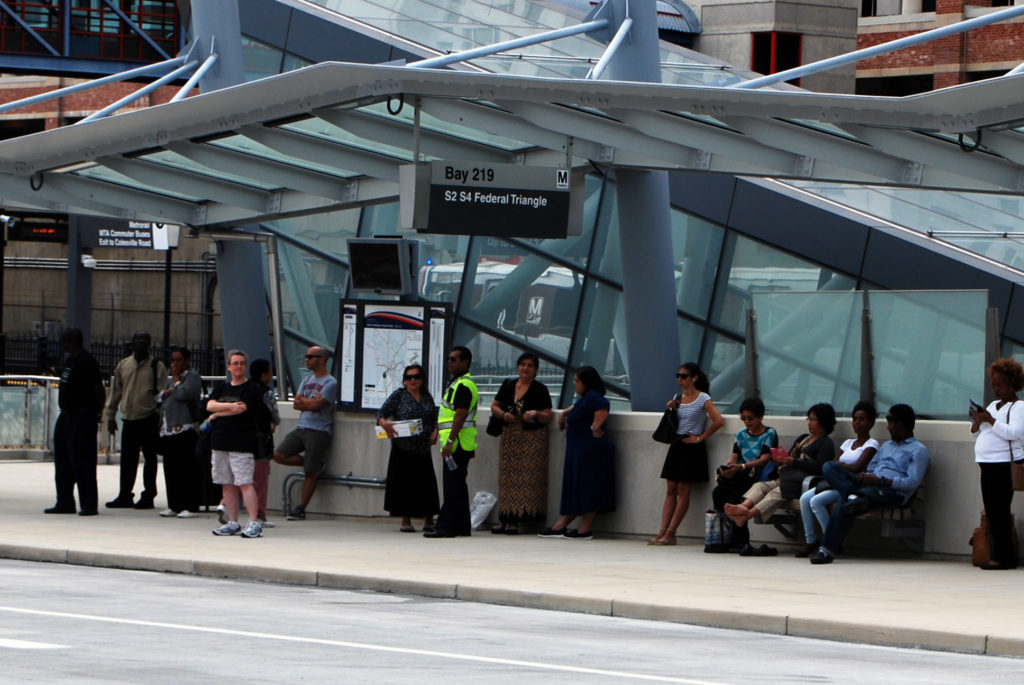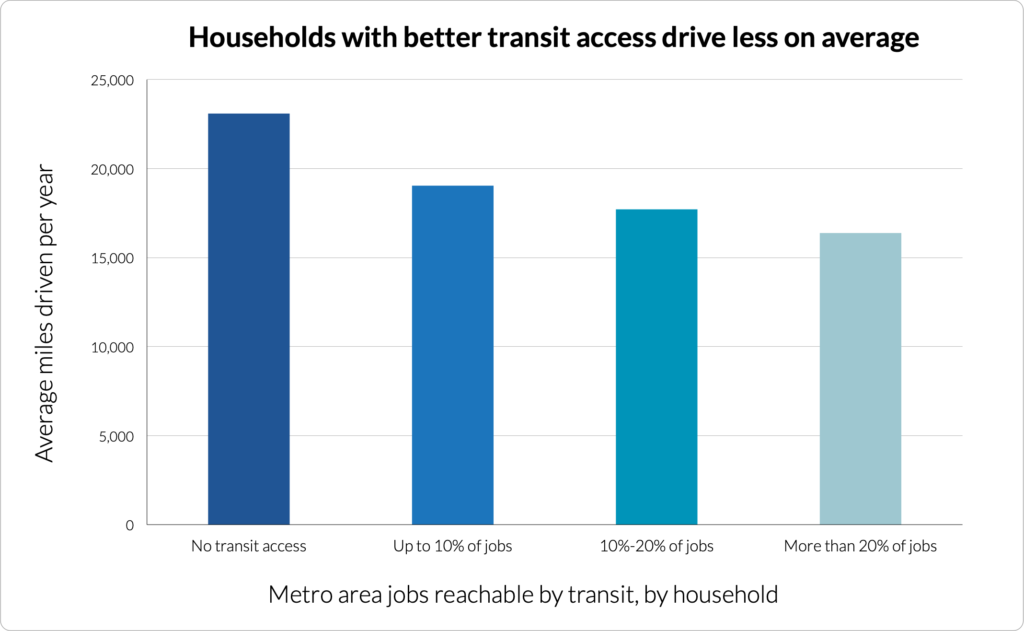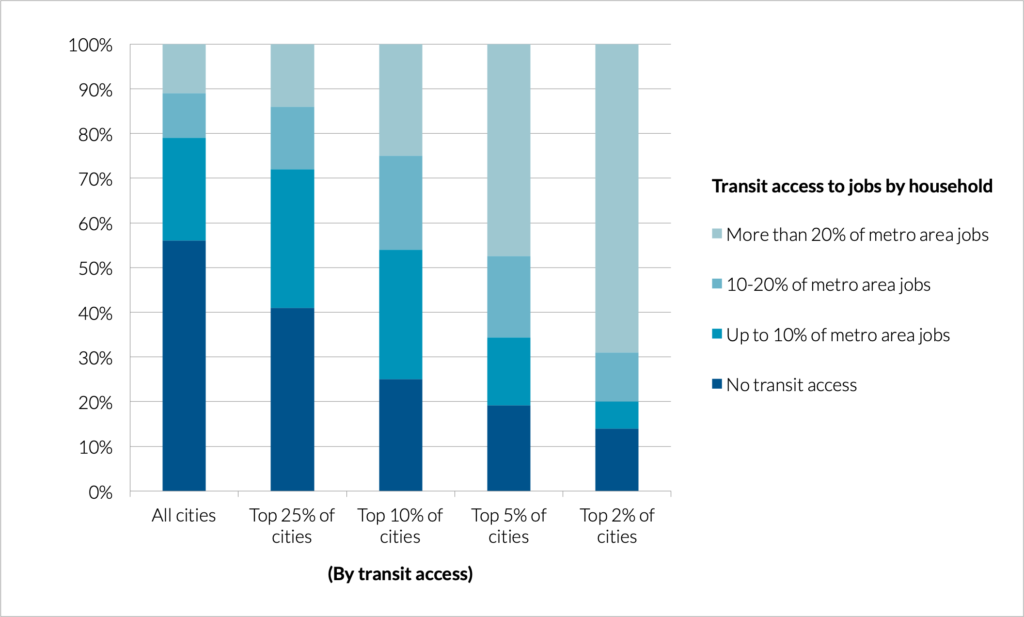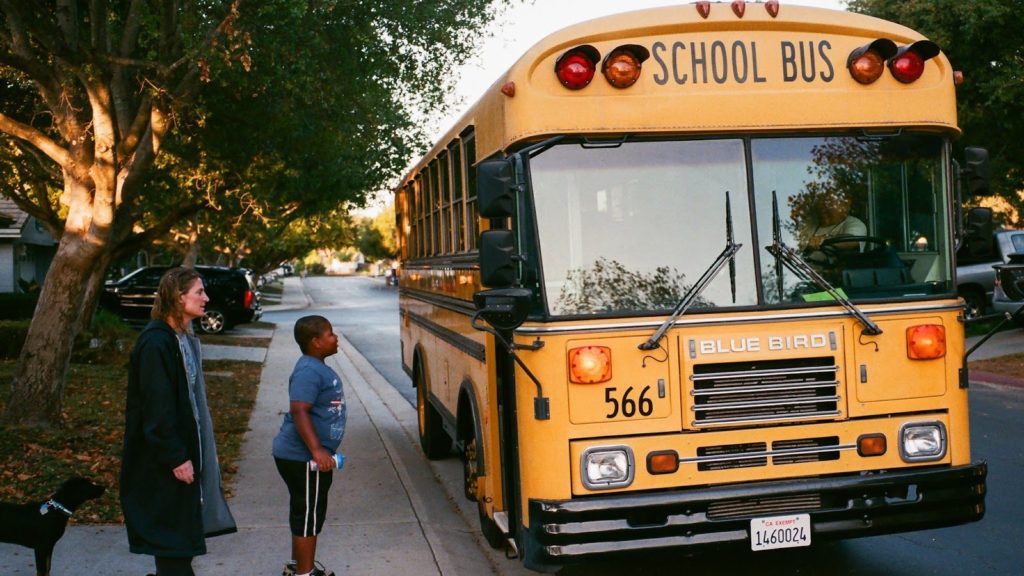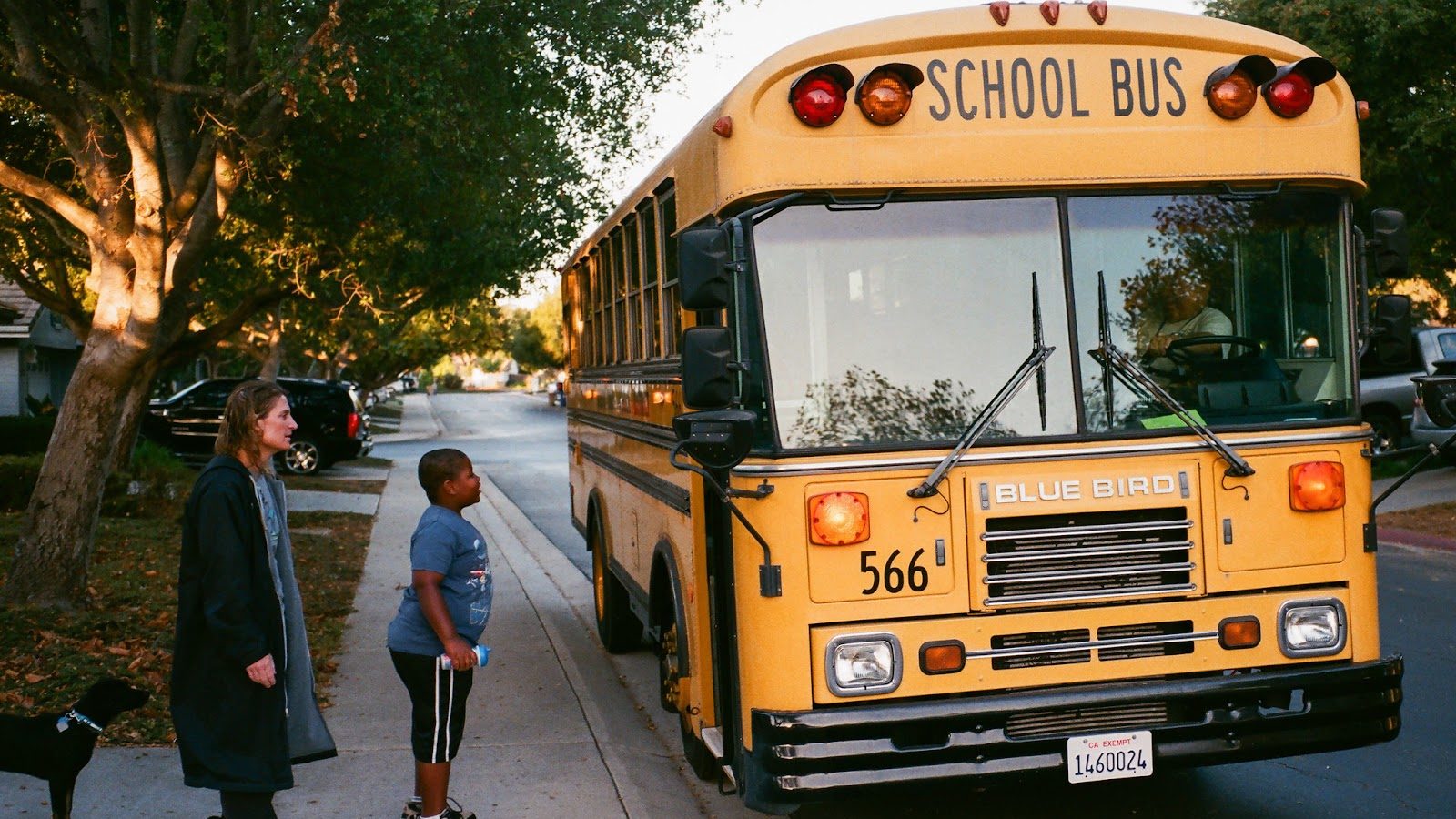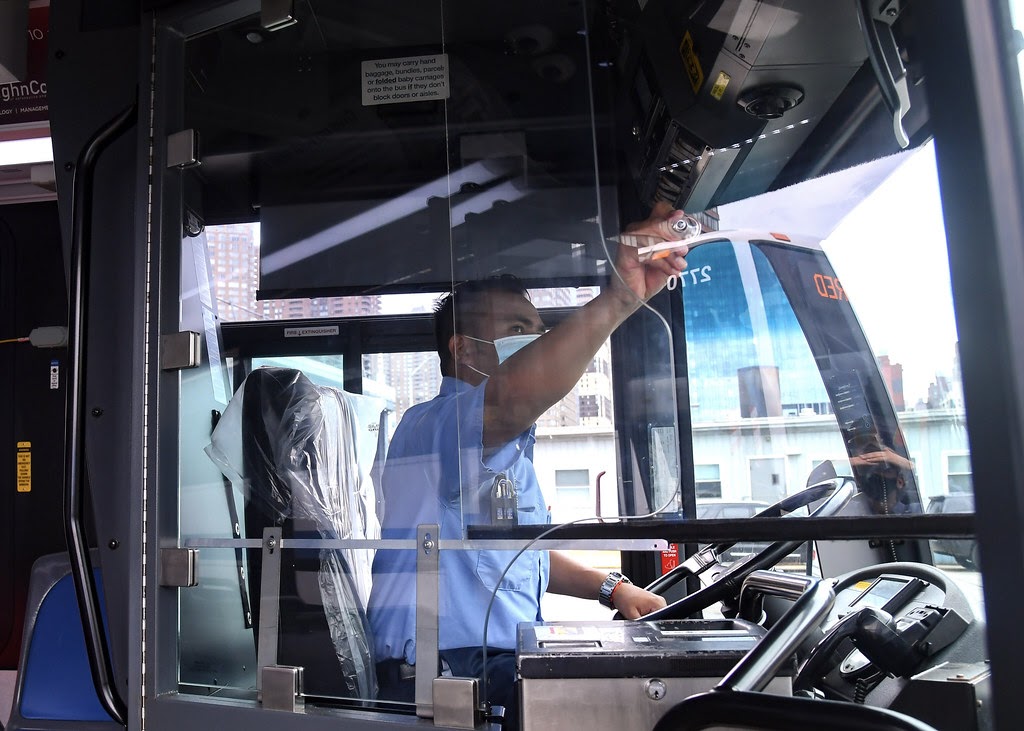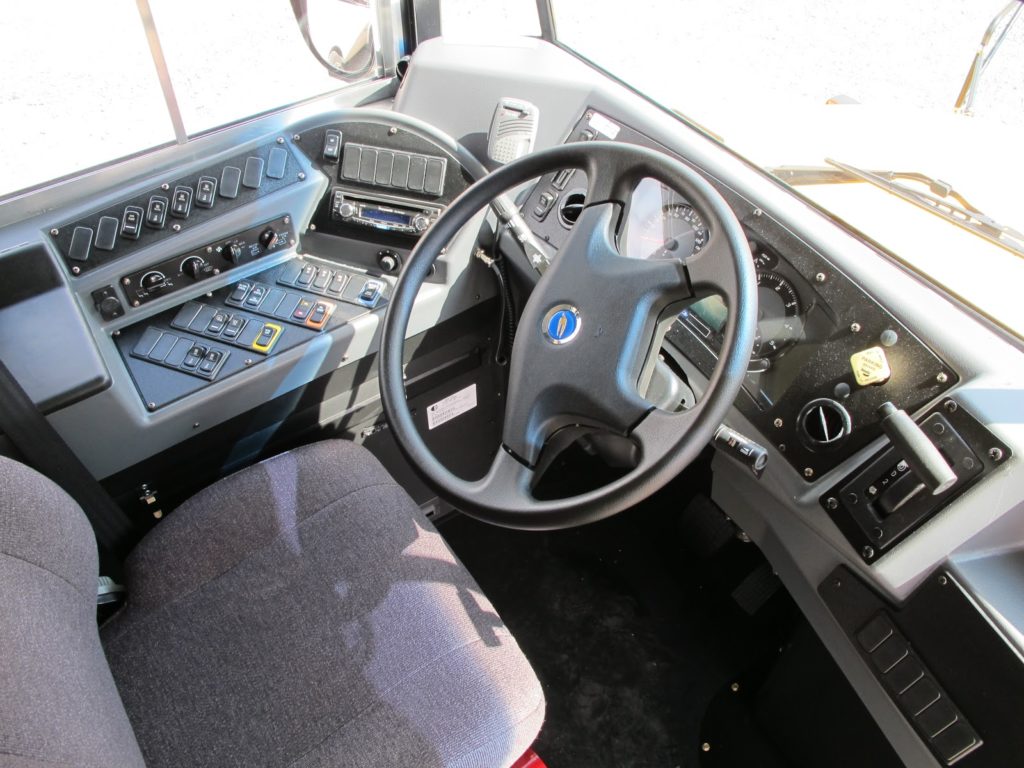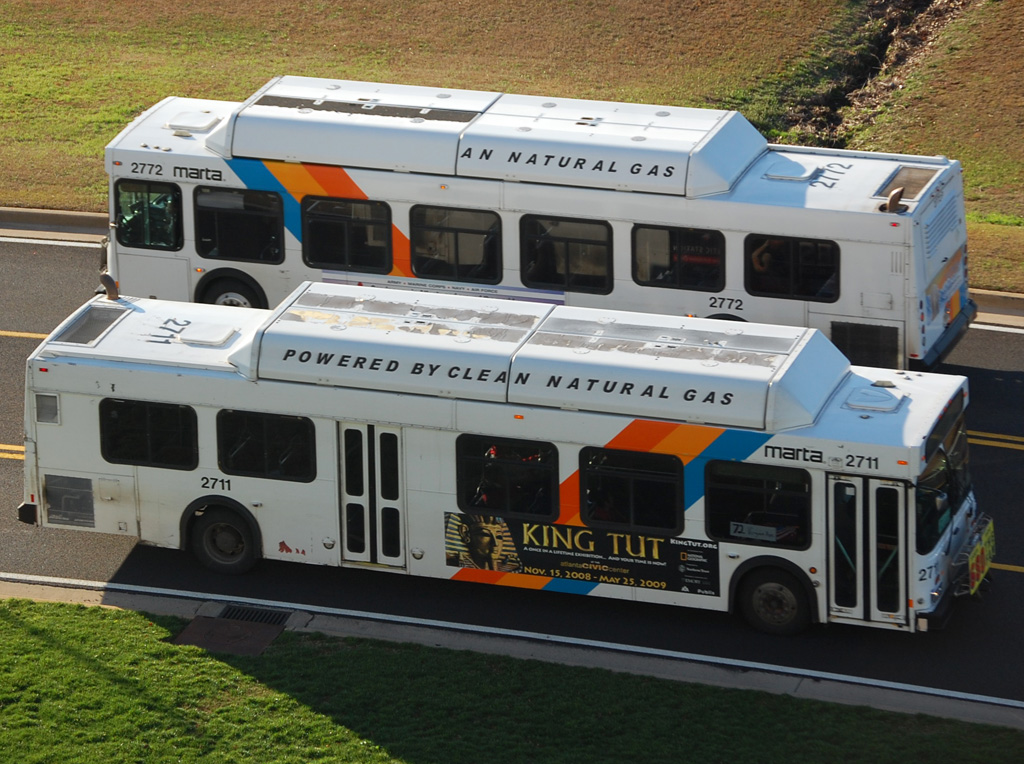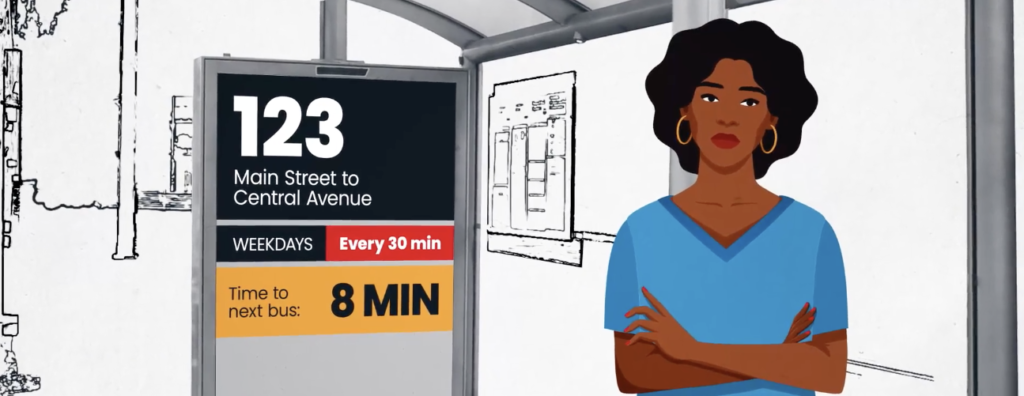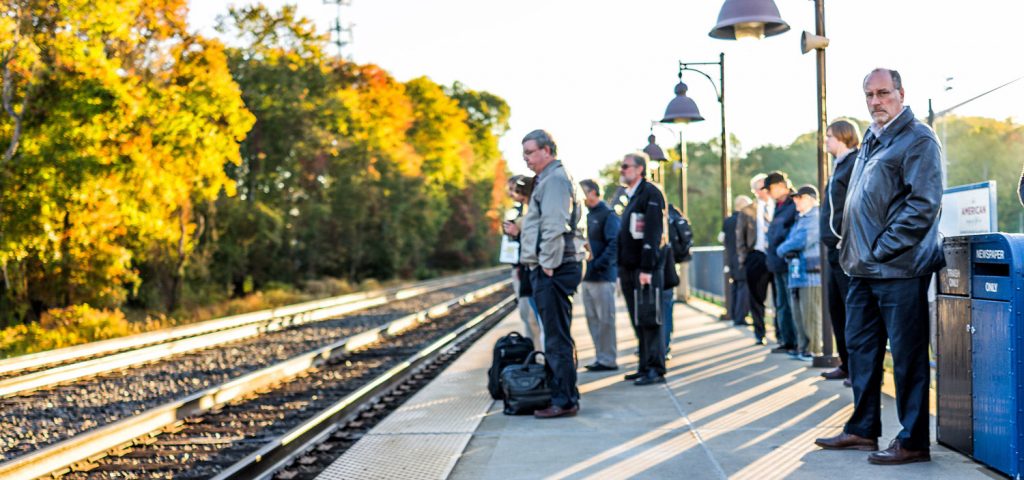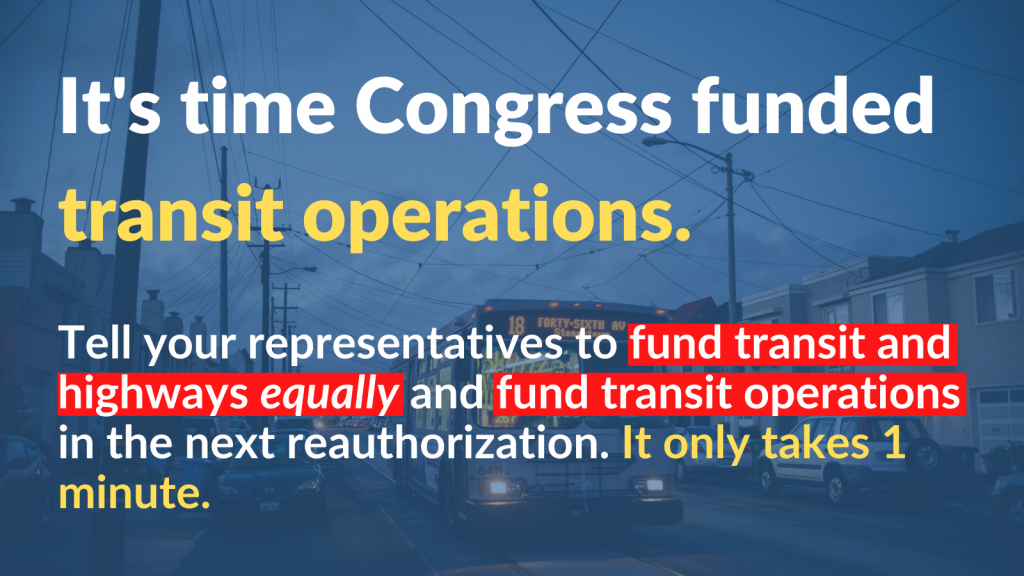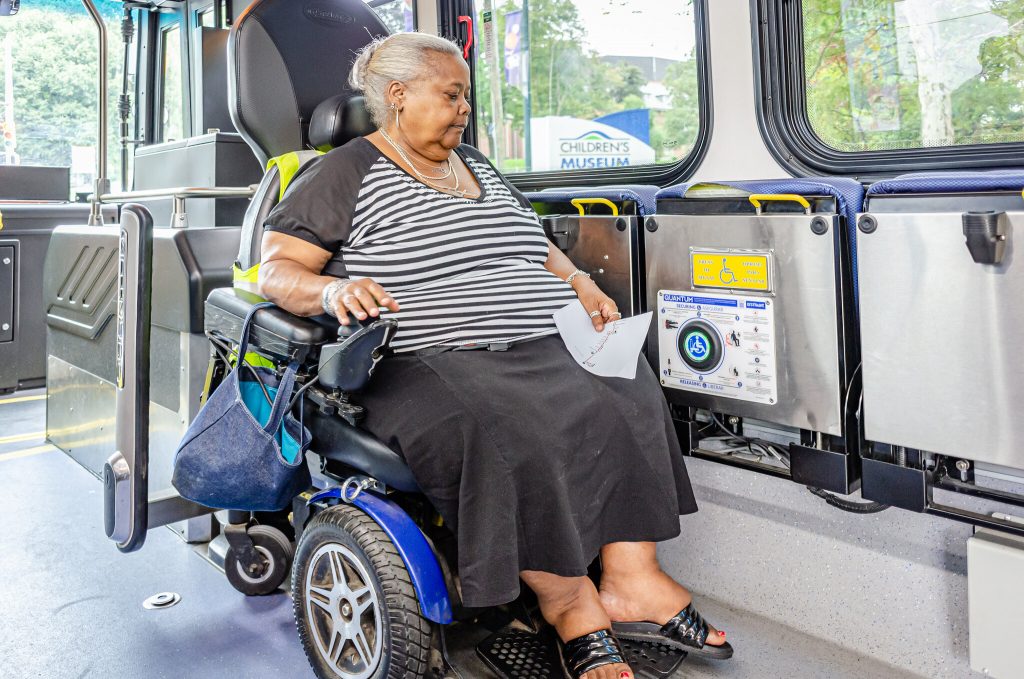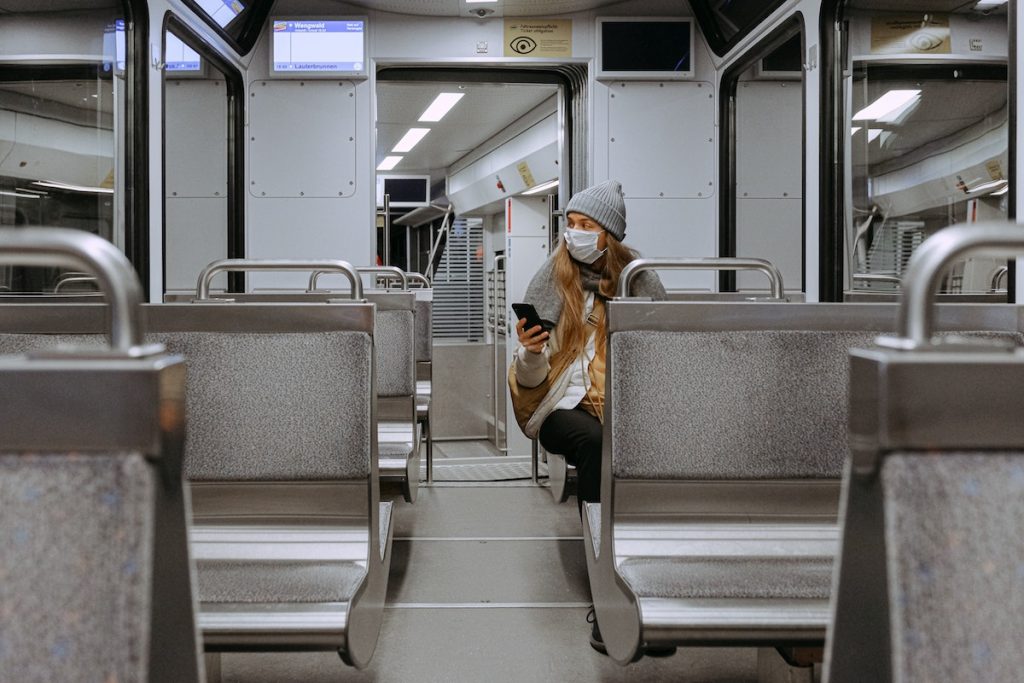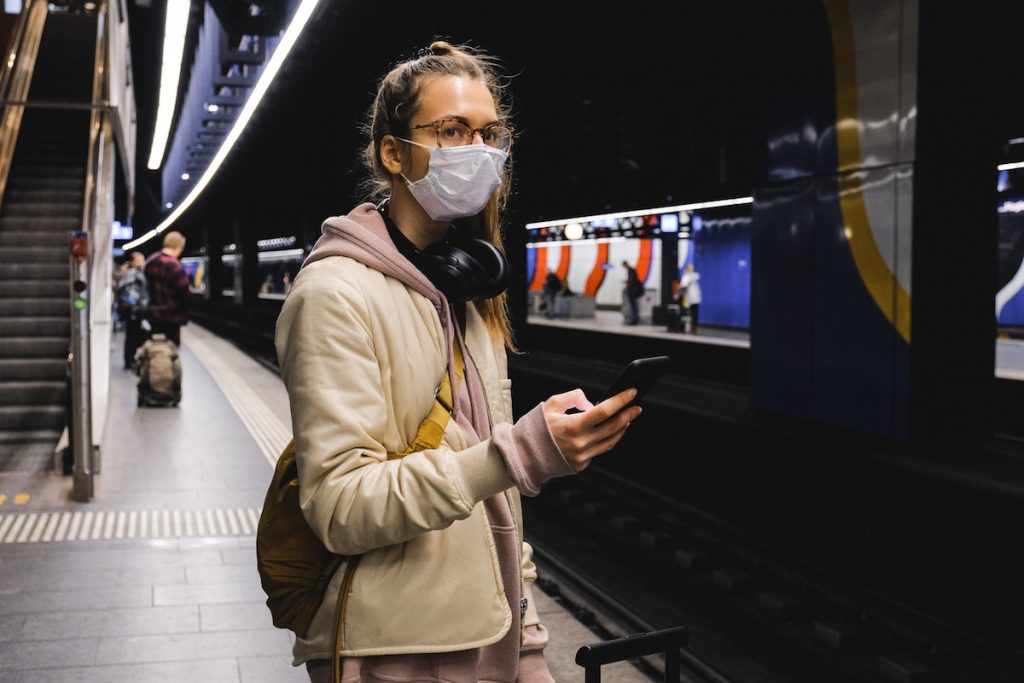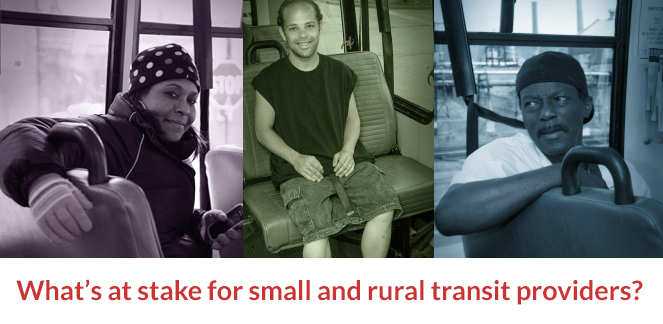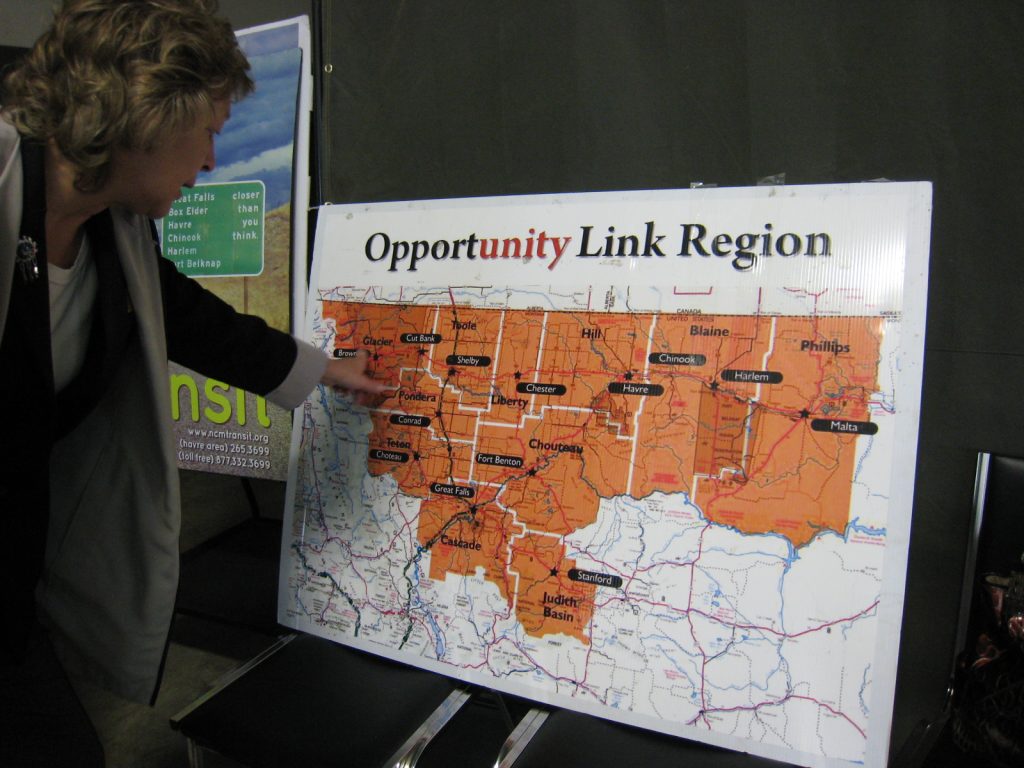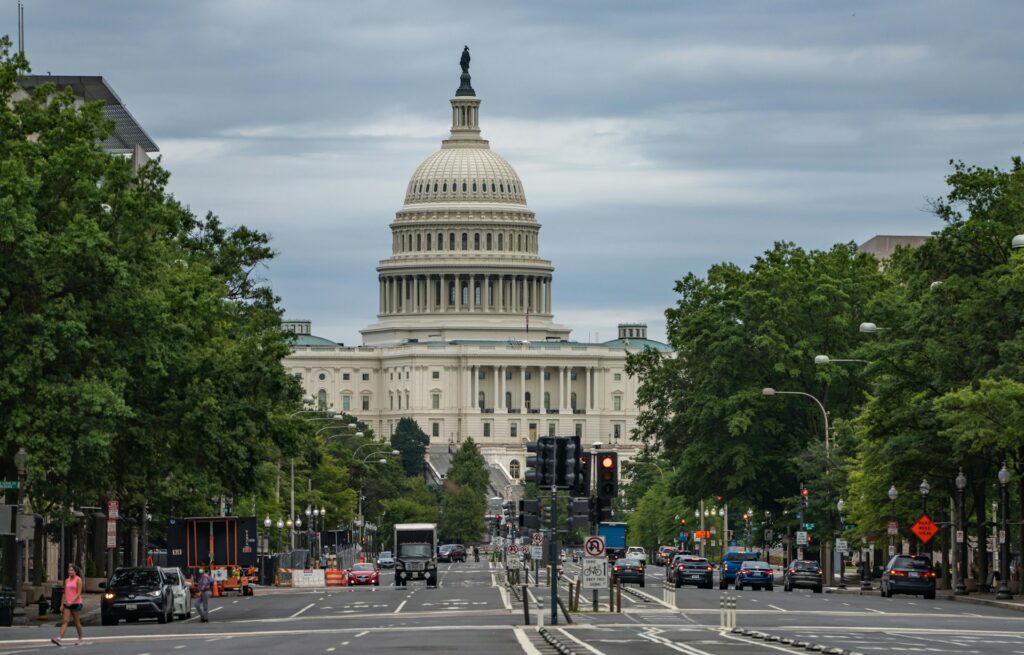
The Moving Transit Forward Act, introduced by Senators Chris Van Hollen (MD) and John Fetterman (PA), seeks to bolster public transit nationwide. While differing from Representative Hank Johnson’s (GA-4) transit operating bill in the House, both aim to address the urgent need for sustainable transit funding.

Millions of people across the country depend on reliable and consistent public transit to get where they need to go. To provide this service, public transit agencies rely heavily on federal, state, and local funding to maintain their system and improve service provisions. However, while federal funding covers capital expenditures for the construction and acquisition of infrastructure and equipment, the costs of operating the transit system are primarily procured from state and (even more often) local funding sources.
Transit agencies struggle to maintain service levels under this traditional model for operating costs. National lockdowns imposed during the Covid-19 pandemic caused ridership to plummet, exposing the extent of transit operating challenges for agencies. Revenue from fare collection drastically decreased, leaving little funding for transit agencies to cover their operating costs. Combined with rising inflation and stagnating local funding sources, transit agencies are faced with a self-reinforcing downward spiral of decreasing ridership and service cuts. Covid relief funds from the federal government offered temporary relief that prevented massive service cuts but with funding now being exhausted, transit agencies are facing a fiscal cliff due to this unstabling funding. This model creates a system that lacks the necessary resources and support to provide the reliable transportation services that communities need, and deserve.
On May 14, 2024, Senators Chris Van Hollen (MD) and John Fetterman (PA) introduced the Moving Transit Forward Act, with the legislation aiming to bolster public transportation services across the country. The bill aims to supplement the existing operating budgets of transit agencies to provide them with resources to expand routes, increase service frequency, and improve the experience of transit riders.
The Moving Transit Forward Act would create a federal formula funding program under the Federal Transit Administration (FTA) to provide additional funding resources for service improvements and safety and security enhancements. This legislation finally represents a Senate bill addressing operating costs, similar to the Stronger Communities through Better Transit Act reintroduced by Representative Hank Johnson (GA-4) in the House in January.
Both the House and Senate bills authorize new federal formula funds for transit operations. However, they have some key differences.
An immediate variation between the two bills is in terms of funding authorization. The House bill specifies authorizing $20 billion per year through fiscal year 2027 whereas the Senate bill does not specify a dollar amount for transit operating. Furthermore, all transit agencies, both rural and urban, are eligible for funding under the House bill, but the Senate bill targets transit agencies within urban areas that have a population of more than 50,000. This discrepancy is likely due to the fact that, unlike urban areas, rural areas are already eligible to use federal funds to cover transit operating costs. However, denying rural areas additional resources to cover operating costs limits their ability to provide frequent and reliable transit service—which is sorely needed, considering that more than 1 million rural Americans do not have access to a car.
Despite these discrepancies, both of the bills demonstrate the necessity of addressing operating costs for transit agencies to ensure that public transit is available, accessible, and affordable for communities, particularly for those that are underserved. As these bills move through their respective chambers, it is crucial that a transit model that supports the vision of reliable transit for all is realized.




